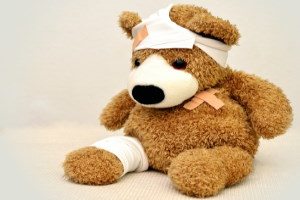The Regulation on Cableway installations states provisions on the making available on the market and the free movement of subsystems and safety components for cableway installations. It contains rules on the design, construction and entry into service of new cableway installations designed to transport persons and applies to modifications of cableway installations requiring a new authorisation.
Cableway installations are mainly lift systems, such as funicular railways, aerial ropeways (cable cars, gondolas, chairlifts) and drag lift.
The Regulation does not apply to:
- lifts covered by Directive 2014/33/EU,
- cableway installations that are categorised as historic, cultural or heritage installations, that entered into service before 1 January 1986 and that are still in operation, and that have not had any significant changes in design or construction, including subsystems and safety components specifically designed for them
- installations intended for agricultural or forestry purposes,
- cableway installations for the service of mountain shelters and huts intended only for the transport of goods and specifically authorised persons.
As for the entry into service of cableway installations,
the Member States shall take all measures to for ensuring that the subsystems and safety components are incorporated into cableway installations if they enable the construction of cableway installations which comply with the Regulation and do not endanger the health or safety of people or property when properly installed, maintained and operated in accordance with their intended purpose.
As for the Safety analysis
the person responsible for the cableway installation, determined by a Member State in accordance with national law, shall carry out a safety analysis of the planned cableway installation or have such a safety analysis carried out. The safety analysis required for each cableway installation shall take into account all modes of operation envisaged and ensure that the design and configuration of the cableway installation takes account of the local surroundings and the most adverse situations in order to ensure satisfactory safety conditions.
The analysis shall also cover the safety devices and their effects on the cableway installation and related subsystems that they bring into action so that the safety devices are capable of reacting to an initial breakdown or failure detected so as to remain either in a state that guarantees safety, in a lower operating mode or in a fail-safe state.
The result of the safety analysis shall be included in a safety report.
Each Member State shall lay down procedures for authorising the construction and the entry into service of cableway installations that are installed within its territory.
As for the consistency with the New Legislative Framework (NLF):
the Regulation aligned to the provisions of the package adopted in 2008 and in particular to Decision 768/2008/EC on a common framework for the marketing of products. The framework set out by the NLF consists of provisions that are commonly used in the EU product legislation.
The amendments seek to improve the consistency of the text with the NLF by stating inter alia that:
- manufacturers shall indicate on the subsystem or the safety component their name, registered trade name or registered trade mark and the postal address at which they can be contacted or, where that is not possible, on the packaging or in a document accompanying the subsystem or safety component. Where the manufacturer indicates a website address, he shall ensure that the information on that website is accessible and updated
- where a large number of subsystems or safety components are delivered to a single economic operator or user, the batch or consignment concerned may be accompanied by a single copy of the EU declaration of conformity;
- the CE marking shall be affixed visibly, legibly and indelibly to the subsystem or the safety component or to its data plate. Where that is not possible or not warranted due to the nature of the subsystem or the safety component, it shall be affixed to the packaging and to the accompanying documents.











